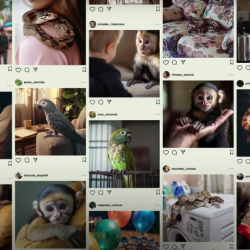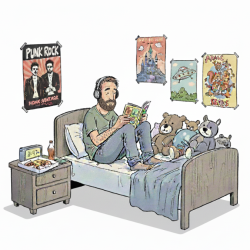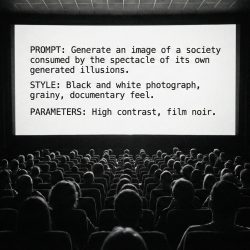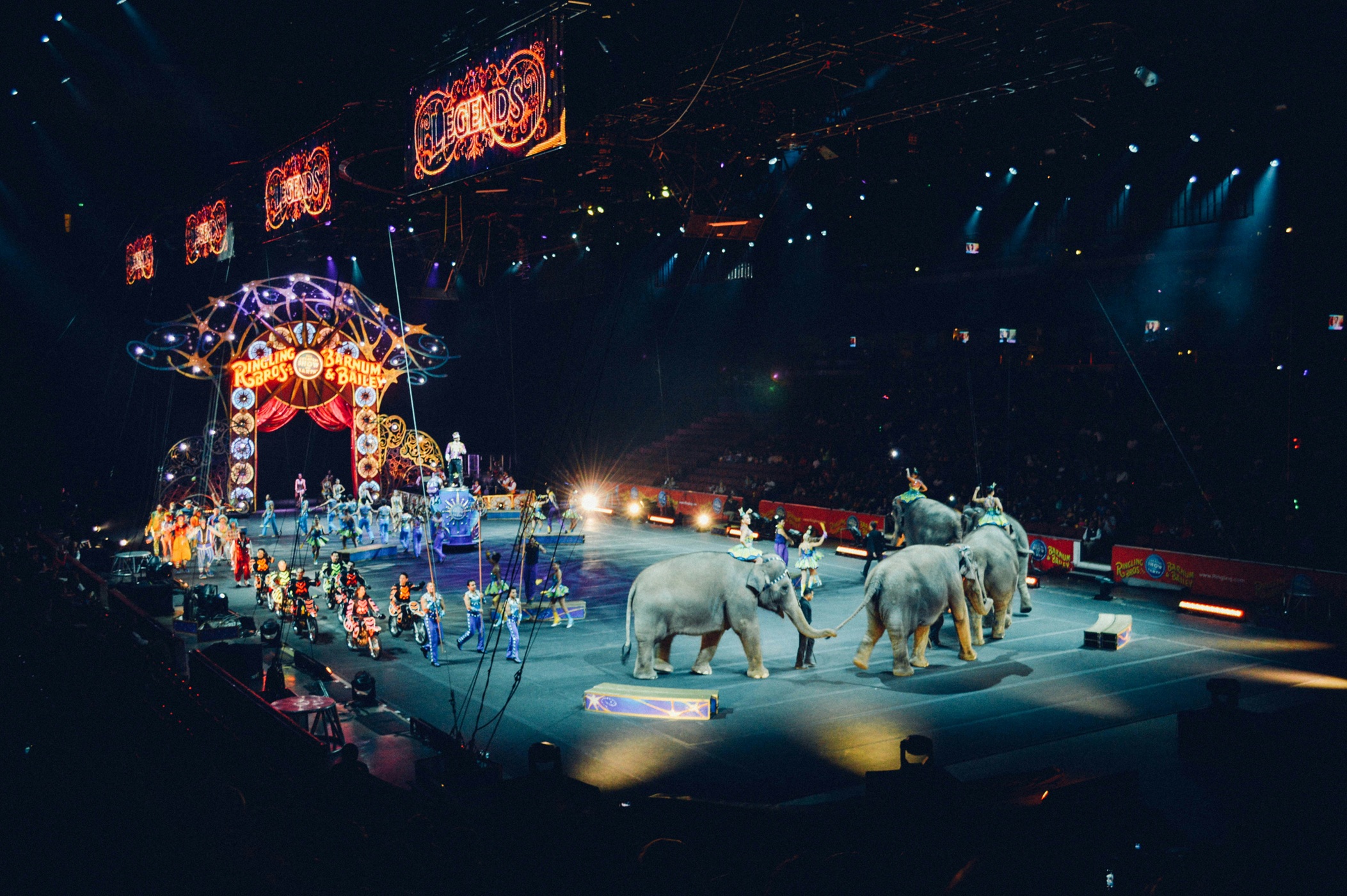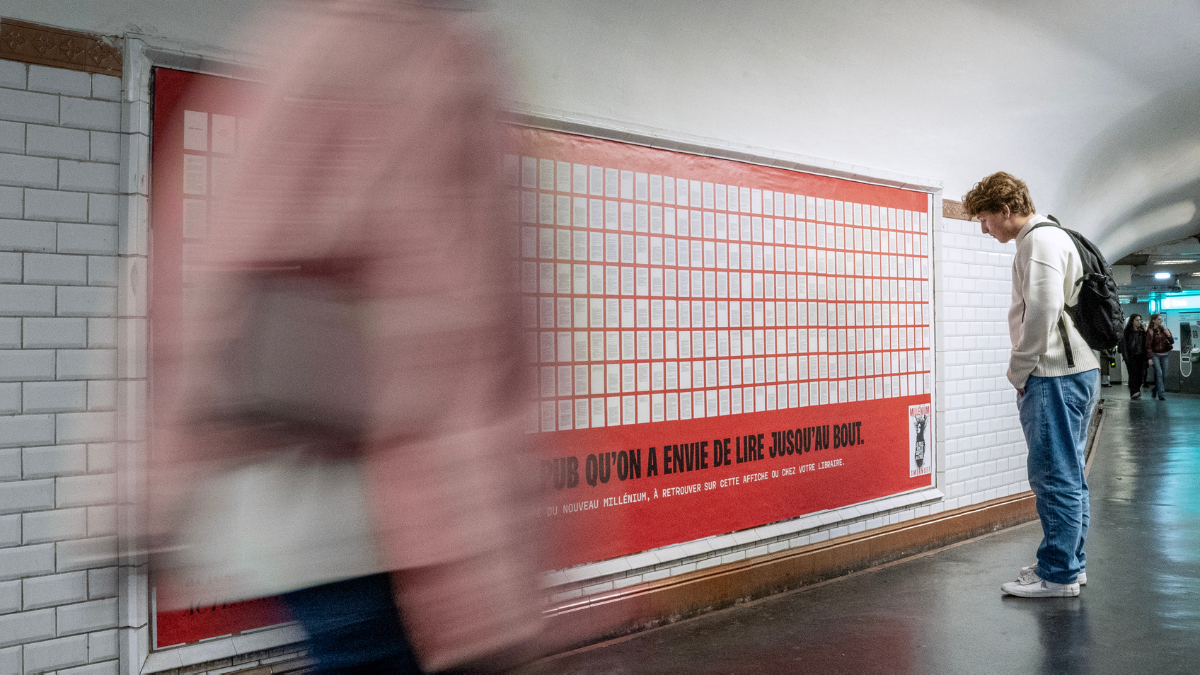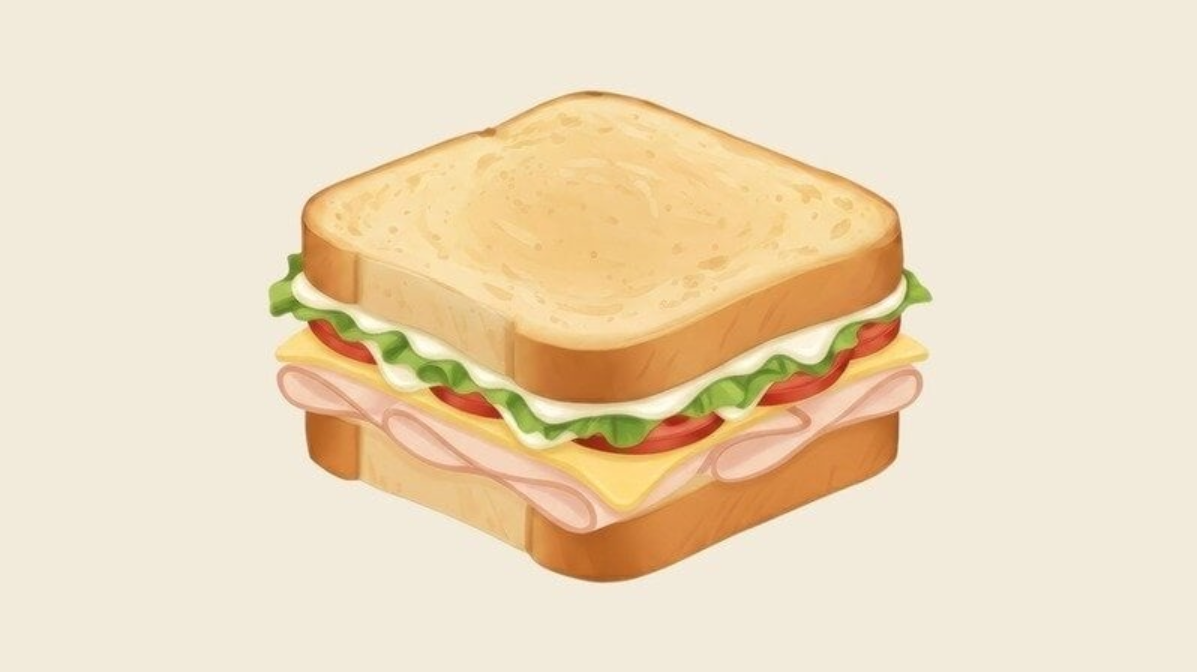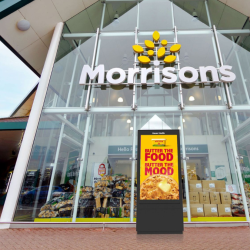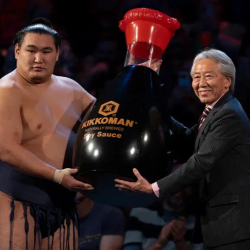The MediaCat UK team has pestered knowledgeable industry people and combed the winners lists of other awards shows to come up with some campaigns that we think are sure to find favour with the juries at Cannes Lions later this month. We tried to keep things focused on campaigns with a strong element of media creativity but, frankly, predicting winners was already hard enough without limiting ourselves to certain categories.
Daisy, the scam-fighting AI bot
For Virgin Media O2, by Faith (VCCP)
Last year’s Cannes brought a flood of AI ideas but only a trickle of distinct ones. From multimodal chatbots to brand-led beta tests, many campaigns blurred into variations of the same case study.
Some marketers privately conceded that they were ‘overwhelmed by options and… under-whelmed by results.’ The vocabulary has matured. The ideas, less so.
Daisy doesn’t speak that language. She has only one line of business: keep phone scammers on the hook until they run out of script.
Built by VCCP’s AI unit Faith, Daisy is a synthetic grandmother trained to waste fraudsters’ time. She does this through strategic latency, deliberate mishearings and polite tangents about lemon-meringue pies.
Her voice is artificial but modelled on the developers’ real grandmothers. She was trained using anonymised call data, techniques used by scammers themselves and input from scam-baiting experts.
Compared with the AI campaigns competing for Lions at Cannes in 2024, Daisy almost seems subversive. She isn’t a platform and she doesn’t scale. But while most AI campaigns last year positioned the tool as the concept, Daisy uses it as plumbing. The idea — weaponised dithering — precedes the software, and the software has scaled the performance to intercept over 1000 calls.
The ceiling is low. It’s a stunt, not a service and once the call ends, fraud resumes. Daisy doesn’t promise to re-platform customer journeys, but she does prove you can tell a focused story with artificial help.
Daisy won’t redefine marketing. She might, however, remind the Cannes juries that a finished, tonally coherent piece of work beats another keynote about what AI might do tomorrow.
By Natasha Randhawa, features editor
Ink of Democracy
For The Times of India, by Havas Creative India
Around a third of eligible voters in India stayed home for the 2019 election. One minor consequence of this was that 7,500 litres of purple indelible ink, which is applied to voters’ fingers to prevent fraud, went unused.
To encourage citizens to get out and vote in 2024, The Times of India and The Economic Times printed pages of their newspapers in purple, instead of black, ink.
All told, 2.28 million newspaper pages, published over the course of a month to coincide with polling schedules, received a purple rinse.
Anupama Ramaswamy, chief creative officer and joint managing director at Havas Worldwide India said in a statement: ‘The magic of this idea lies in its simplicity. It didn’t rely on grand visuals or complicated storytelling — just a powerful medium used in an unexpected way.’
Which is absolutely correct.
Looking at previous years’ winners, you might think that Cannes juries admire campaigns with lots of moving parts and cutting-edge tech, but that’s only because elegant ideas are less plentiful. There’s no greater skill in advertising than to say a lot with very little, and juries know this. It doesn’t hurt if the message being communicated is one that’s deemed to be topical and socially beneficial, either.
Ink of Democracy also did some good trade for the news brands involved, increasing mentions and engagement by 280%, according to Havas.
If I had to find a flaw, it would be how the case study frames the environment in which the campaign took place. To begin with, turnout for India’s 2019 election was celebrated as a record high, at 67.1% (a number that puts the UK’s 59.7% to shame), not a problem that needed addressing. Also, while the agency claims that 30 million more people voted in India’s 2024 election, the stats seem to show that voter turnout was 65.79%, a slight decline compared with 2019.
But none of that detracts from the quality of the idea, which demonstrates how a seemingly small tweak to a medium, made in the right way and at the right place, can deliver a potent message. Ink of Democracy deserves to win at Cannes this year, and I’m moderately confident that it will.
By James Swift, editor
Now You Can’t Unsee It
For Heinz, by Rethink Canada
When fans on social media pointed out that Deadpool and Wolverine — with their iconic red and yellow costumes — bore more than a passing resemblance to bottles of ketchup and mustard, Heinz didn’t fumble the opportunity to ride the coattails of the biggest superhero film of 2024.
Working with Rethink Canada, the brand pitched Marvel, which welcomed the idea as an opportunity to promote its hotly anticipated Deadpool & Wolverine movie. The result was Now You Can’t Unsee It, a campaign that went far beyond a reactive stunt.
The centrepiece was a 47-second spot hosted on Marvel’s official YouTube channel. It opened like a regular trailer before revealing itself to be a promotion for Heinz. Breaking the fourth wall, Ryan Reynolds (as Deadpool) interrupts the action to riff on the ad taking place, all delivered in his trademark meta style.
The video has racked up over 1.7 million views — a healthy number for what is, essentially, branded content. But it didn’t stop there.
Heinz spoofed OOH posters appeared next to official ones, swapping in ketchup and mustard bottles for the heroes, with the tagline ‘Now You Can’t Unsee It’. Limited-edition bottles hit supermarket shelves. Cinema spots mirrored the gag. Fans even began showing up to screenings dressed as condiments.
Importantly, the campaign drove results. Sales of Heinz ketchup rose by 2.9%, mustard by 8.5%, and Heinz mustard’s market share grew 12% — four times the rate of private label.
But the true genius lies in how it handled the fandom. The connection felt organic. It didn’t hijack the film, it amplified it. By treating the property (and its audience) with wit and respect, Heinz earned attention instead of demanding it.
It’s a perfect case study in cultural fluency, a model for how brands can ride the wave of pop culture without trying too hard. Heinz scooped the Grand Prix for Creative Effectiveness last year for It Has to Be Heinz (also with Rethink Canada), and my bet is they’ll deservedly return home victorious again. Cannes rewards campaigns that break through into the public consciousness — and there was no better example this year.
By Elliott Wright, reporter
Price Packs
For Penny, by Serviceplan Germany
Price fluctuations and high inflation have made shopping for even essential items increasingly difficult for European consumers. So, German discounter Penny repackaged five household staples to focus on their stable prices last year.
PENNY’s Price Packs hit the supermarket shelves on 2 September with minimalist branding that magnifies their price and makes them stand out when sitting next to competitors’ products. The discounter was selective with the products it repackaged, choosing five items that were unlikely to be affected by price fluctuations: toast, salt, oats, crisps, and mayonnaise.
The Price Packs were promoted through social media ads and a nationwide OOH campaign, with billboards, posters, and digital displays advertising the products. The digital billboards were also set to show specific items at specific times (e.g, advertising the breakfast foods in the morning).
But even without the OOH campaign, the Price Packs advertise themselves, with PENNY converting its owned products into an effective media channel.
‘In marketing, you often have to decide between promoting price or product. We’re happy to have found a way to do both,’ Till Diestel, chief creative officer at Serviceplan Germany, said in a press release.
But the Price Packs were not just a creative use of media — they were impactful.
PENNY sold over 1.4 million products within the first four weeks of the campaign, marking its best-selling month. The Price Packs also achieved their objective of alleviating consumers’ concerns around price fluctuations, with the brand recording a 2,220% increase in association with price stability and 94% positive customer feedback. And perhaps most impressively, PENNY also recorded $120 million in earned media.
Considering that results and impact account for 20% of the judging criteria at the Cannes Lions, the Price Packs might have a good chance of taking an award home this year.
By Svilena Keane, content and social media editor
Hidden Tags
For Ikea, by Uzina Lisbon
Rather than push a message, Ikea’s Hidden Tags campaign invited one, by asking customers to verify what they already owned. And for a brand known for its straight-talking utility, that restraint does more heavy lifting than a manifesto ever could.
Run through Ikea Family in Portugal, the campaign challenged people to locate the original manufacturing tags on their furniture — date stamps that log when the product was made. Submit the oldest piece and win a €2,000 voucher.
Some tags dated back to 1969, while the average was 18.5 years old. The result wasn’t just data, but content. People posted their finds on social media, and others listed them for resale with the tag as proof of pedigree.
Ikea didn’t have to make the claim that its furniture lasts because customers did it for them.
Strategically, it’s elegant. Show, don’t tell. Spark content, don’t manufacture it. There’s nothing flashy about the mechanics, but that’s the point: trust built through invitation, not assertion.
It’s not the first time a brand has asked customers to dig through domestic clutter. In 2016, Wendy’s asked fans to send in frozen burgers — a campaign built on absurdity and brand voice. Hidden Tags borrows the format, but not the tone.
The results were strong: 4,573 entries, 95,500 new loyalty signups, a 31% lift in Ikea Family sales and a +42% membership boost overall. Perhaps more significantly, the campaign shifted perception. Ikea furniture became something to verify, revisit, even revalue. The comms lived in the product.
If Cannes juries this year are rewarding craft that doesn’t overstate its case, Hidden Tags should register. It doesn’t oversell or sermonise. It simply asks the right question — and trusts the furniture is already in your home to answer it.
By Natasha Randhawa, features editor
Main image created using Google Gemini


